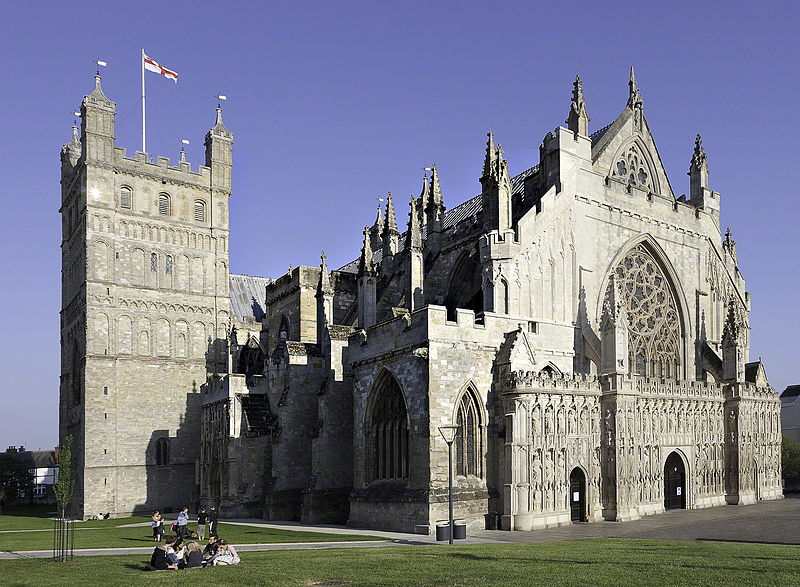13-19 July 1415: The Army Continues to Gather
By Dan Spencer
The mustering of retinues for the campaign continued in the region around Southampton. On 14 July the muster of several retinues took place at Swanwick Heath in Hampshire, carried out by Hugh Mortimer esquire and Robert Castel esquire. These included the retinues of John, earl of Huntingdon (for whom at twenty years old, this was his first military expedition), William, lord Botreaux, John Grey, son of Lord Grey of Ruthin, Sir Roland Lenthale and much of the royal household contingent including William Kynwolmersh, the cofferer, and several yeomen of the household, such as of the bakehouse, buttery, spicery and others. The king expected to live well on campaign!
Two days later, the retinue of Humphrey, duke of Gloucester, the youngest brother of the king, took place at Michelmersh three miles north of Romsey in Hampshire. As a brother of the king, the retinue he had indented to raise and which he now mustered, consisted of himself, 6 knights, 193 men-at-arms and 600 archers, 800 men in all, the second largest retinue after that of his elder brother, Thomas, duke of Clarence. During the siege of Harfleur 208 men from his retinue, including a number of servants were invalided home. Later at the battle his company consisted of himself, 1 knight, 125 men-at-arms and 389 archers. According to several chronicles, Duke Humphrey was wounded during te battle but and his life was saved by his brother the king who stood over him to protect him.
Whilst Humphrey mustered his men, Henry himself remained at Titchfield abbey until 17 July. Whilst there, the king continued the propaganda war against the French in preparation for his campaign. He was particularly keen to show other European rulers how the French had reneged upon their promises. To this end, according to the Gesta Henrici Quinti, the king ordered that copies of territorial offers that the French had offered to his father Henry IV should be sent to various European rulers, including Sigismund of Luxembourg (later Holy Roman Emperor). This was a reference to the promise of the restoration of the duchy of Aquitaine which the Armagnacs had made to Henry IV in May 1412 in return for military support against the Burgundians.
This week also saw further pledges of jewels by the king as security for loans. On 14 July a silver gilt tavernacle set with sapphires and pearls, described as formerly the property of the duke of Burgundy, was transferred to the custody of the dean and chapter of Exeter, and of other individuals from the city, including the mayor, against loans given for the expedition. The same day a gold circlet was given to the aldermen of Norwich and King’s Lynn for the same reason (for more information about these loans click here).
These loans were essential as a way of ensuring ready cash to pay the troops assembling for the campaign.
This information came from ‘Rymer’s Foedera with Syllabus: July 1415’, in Rymer’s Foedera Volume 9, ed. Thomas Rymer (London, 1739-1745), pp. 283-298 http://www.british-history.ac.uk/rymer-foedera/vol9/pp283-298 [accessed 18 June 2015]; Anne Curry, The Battle of Agincourt: Sources and Interpretations (Woodbridge: The Boydell Press, 2000), p. 47; The National Archives, E 101/45/13; E 101/45/13.
Image of Exeter Cathedral taken from Wikipedia, licensed under the Creative Commons Attribution-Share Alike 3.0 Unported license, attribution Wyrdlight.com, author Antony McCallum

